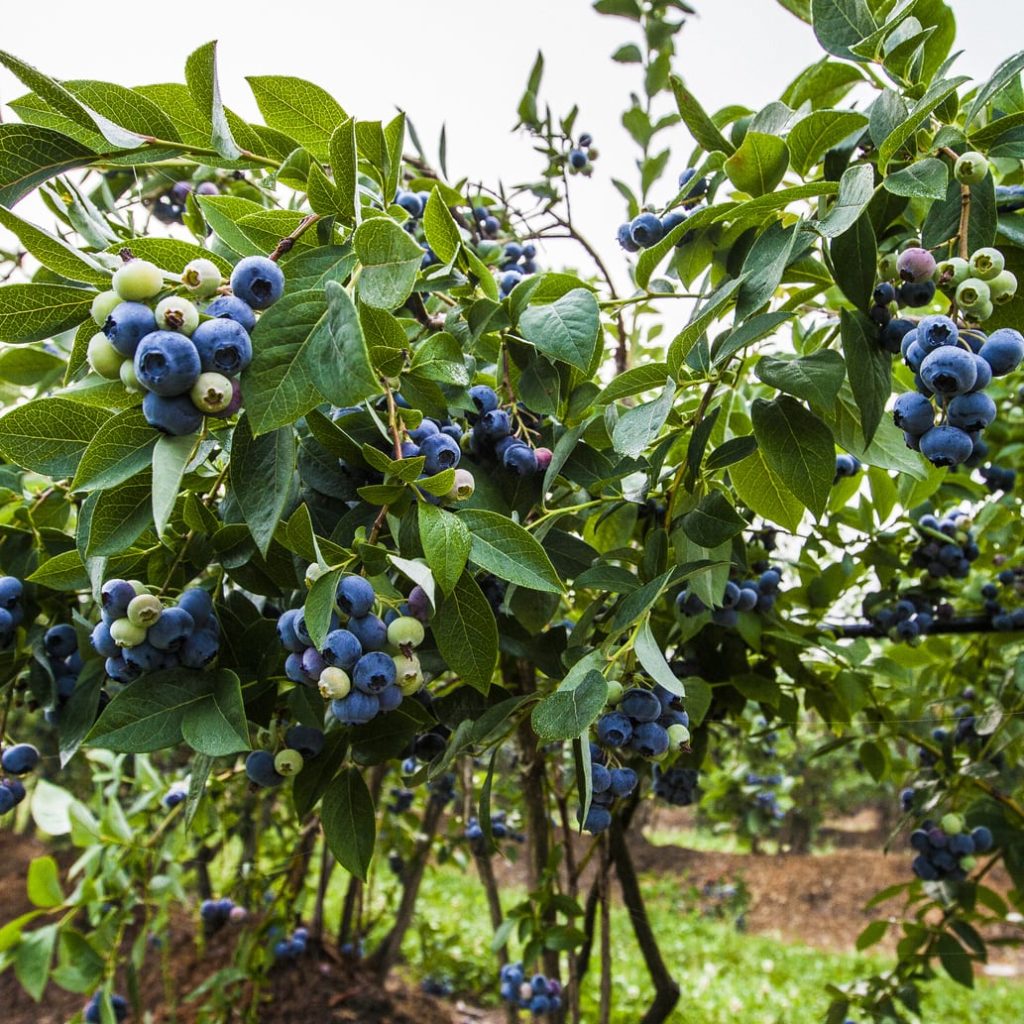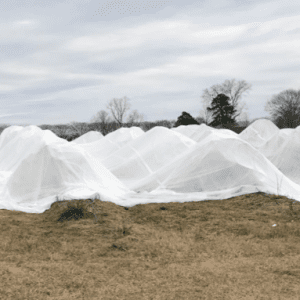Sub-freezing temperatures this past weekend across the Southeast put the region’s blueberry crop at risk for damage. Alabama Extension reminds producers what to look for when surveying their crop for damage symptoms.


“To find out if the blueberry flower buds have been damaged by frost you can cut through the bud several hours after a freeze and look for browning that indicates injured tissue. Sometimes the freeze injury is not severe enough to kill the fruit or flower completely but may affect some individual part, such as the pistil, stamen or seeds, which may result in a reduction in fruit set or berry size,” said Elina Coneva, Extension specialist in the Horticulture Department at Auburn University.
Swollen, unopened flowers can withstand temperatures as low as 21degrees Fahrenheit (F). Buds in which bud scales have abscised and individual flowers can be distinguished are killed at 25F. Flowers distinctly separated with corollas unexpanded and closed are killed at 28F. Fully opened flowers are damaged at 29F. Young fruit are severely damaged at 30F.
Earlier blooming rabbiteye blueberry varieties are most vulnerable to freeze injury, because they will have the greatest number of advanced blooms when a freeze event occurs.

There are various ways for growers to protect their crop from future freeze events. Floating row covers are useful for small acreages of low-growing crops or when water for overhead irrigation is not available. Row covers weighing 0.6 ounces per square yard can usually provide between 2 degrees and 3 degrees protection during a radiational freeze. Nursery foam covers or a double layer of row covers can provide more than 10 degrees of protection.
Overhead water sprinklers are another effective method of frost protection. They are expensive to install and require a large volume of water. It is necessary to apply 1/2 inch to 1 inch of water per hour and at least one sprinkler rotation per minute. Water must be applied constantly because ice is a poor insulator.
The water must be applied until the air temperature rises above 32 F. If the water is turned off too soon, the entire crop may be lost.










